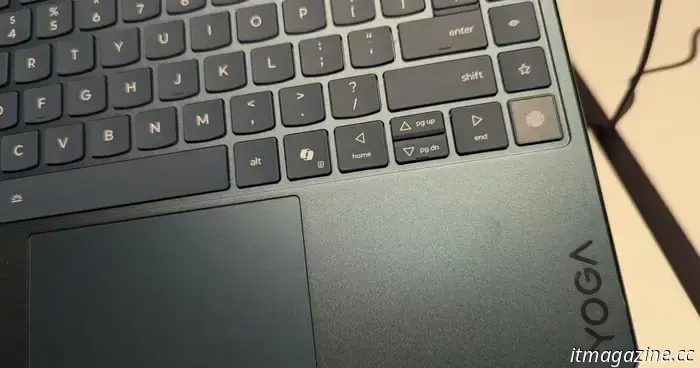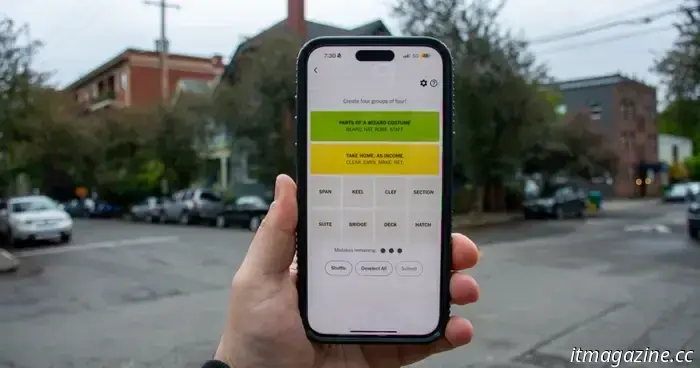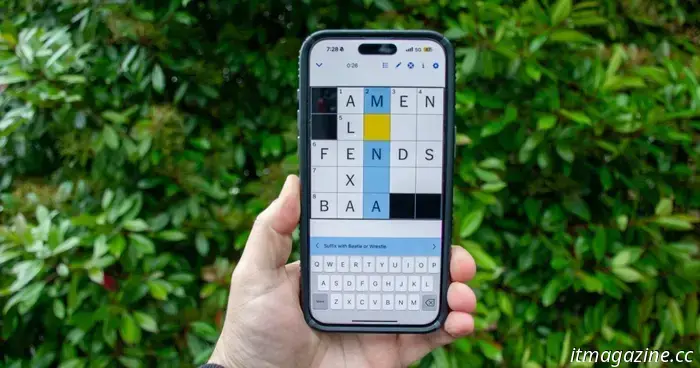
Exclusive: Microsoft's expert claims that Copilot's native Spanish is a 'game changer.'
AI brands are continually striving to offer more consistent and human-like interactions with their products, and Microsoft is no exception. The company is focused on aligning the capabilities of its AI assistant with everyday life. This effort includes introducing a more authentic Spanish language voice for its Copilot product. Last October, Microsoft launched the Copilot Voice feature and plans to soon upgrade it with native Spanish-speaking voices aimed at serving the Latino community both in the U.S. and internationally.
Introducing Elm and Alder, Copilot's native Spanish voices. The AI is capable of recognizing spoken Spanish and can respond fluently in the language with a native accent. It also maintains a native accent when speaking English in a Spanish setting. I spoke with a Microsoft product expert to delve into the development of these new voices and the reasoning behind this distinct language and cultural representation within Microsoft's AI offering.
"In the U.S. market, there is a multitude of diverse backgrounds and audiences. Our research aims to reflect our communities," explains Microsoft AI Product Designer, Laura Parra Rangel. "We recognized a gap for the Hispanic community in the U.S., which comprises a significant Latinx population that stands to gain from this."
The effect of Spanish voices
Microsoft
Copilot Voice has already garnered positive feedback for its English version, with PCMag’s Michael Muchmore describing his initial experience with the AI voice feature as “almost like talking with a friend.” He noted its ability to respond seamlessly even during regular conversation patterns, such as pausing or interrupting the AI. Copilot remains ready to fulfill its requests.
This feature would certainly be advantageous if extended to additional languages natively, especially for a demographic that is the second-largest ethnic group in the U.S. According to Census.gov, over 65 million individuals identified as Hispanic or Latino in 2023.
"I find the voice experiences incredible. With the addition of Spanish options, it’s a game changer for me – a genuinely good Spanish option for these experiences. The ability to switch between English and Spanish, just as I do in my everyday life, is invaluable," says Parra Rangel.
"I can be discussing something in English and suddenly think of something in Spanish, constantly toggling back and forth. I’m sure many people around the world do the same," she adds.
Alongside the upcoming rollout of Copilot’s native Spanish language feature, Microsoft released a report surveying 504 U.S. Latina mothers aged 25 to 40 on their use of AI in everyday life. The initiative, labeled “Abuela Approved AI,” found that 56% of Latina mothers view AI as part of their close family support team; 60% involve AI in daily activities such as entertainment, personal development, work, and language translation; 70% utilize AI for round-the-clock support, opting for it over advice from others, with 51% considering AI a non-judgmental resource. Additionally, 87% of Latina mothers leaned on AI for cultural enrichment and preservation, aiding in hobbies, family recipes, and the teaching of their native language, facilitating a connection between traditional and modern concepts.
Practical examples from Latina mothers illustrate how Copilot Voice has enhanced their daily lives, such as using the mobile app to scan available ingredients at home to generate culturally aligned recipes. They also mentioned using prompts in Spanish to create unique, first-person bedtime stories in their native language to promote bilingualism and multiculturalism among their children.
"I speak fluent Spanish; it’s my first language. English is my second, but I completely understand first-generation individuals in the U.S. wanting to converse in Spanish and preserve their culture. Copilot aids them in that process," she says.
"It's fantastic to have an authentic Hispanic voice available to interact with, whether in an Argentinian or Dominican accent; it’s remarkable," she adds.
Voice across all platforms
Microsoft
Copilot Voice was initially introduced using OpenAI's GPT-4o AI model. Other services like Microsoft’s Think Deeper also feature Copilot Voice, utilizing more advanced models such as GPT-01. Notably, features like Think Deeper are primarily web-based, while other Copilot Voice configurations are accessible on Microsoft Windows and macOS desktops, as well as iOS and Android mobile devices.
Parra Rangel shared that her collaboration with the Microsoft AI team reshaped her understanding of how voice features could be integrated. Previously, she associated voice solely with mobile, but observing the development of Copilot Voice revealed how voice functions can also enhance desktop experiences.
"Of course, you can always use voice on a desktop. As a product designer, I used to limit my perspective to mobile only, but now, this changes everything. Exploring voice across all platforms, be it computer or mobile, is just the beginning," she states.
I inquired with Microsoft about potential model updates for the Copilot native Spanish feature and am awaiting a response. I also asked if there are plans to launch native versions of other languages for Cop



Other articles
 I tested $550 smart glasses with my Mac, and they seemed more comfortable than the Vision Pro.
The Vision Pro is highly sophisticated, yet it is also uncomfortable, expensive, and lacking in functionality. I found smart glasses to provide a better experience in spatial computing.
I tested $550 smart glasses with my Mac, and they seemed more comfortable than the Vision Pro.
The Vision Pro is highly sophisticated, yet it is also uncomfortable, expensive, and lacking in functionality. I found smart glasses to provide a better experience in spatial computing.
 NYT Connections: clues and solutions for Sunday, April 20.
Connections is the latest puzzle game from the New York Times, and it can be pretty challenging. If you require assistance in solving today's puzzle, we're here to support you.
NYT Connections: clues and solutions for Sunday, April 20.
Connections is the latest puzzle game from the New York Times, and it can be pretty challenging. If you require assistance in solving today's puzzle, we're here to support you.
 You might need to wait additional time for a less expensive Tesla Model Y.
Tesla is said to be developing a more affordable version of the Model Y electric vehicle that may be 20% less expensive, although these plans have been delayed until 2026.
You might need to wait additional time for a less expensive Tesla Model Y.
Tesla is said to be developing a more affordable version of the Model Y electric vehicle that may be 20% less expensive, although these plans have been delayed until 2026.
 NYT Mini Crossword for today: answers for the puzzle dated Sunday, April 20.
The NYT Mini crossword may be significantly smaller than a standard crossword, but it's still quite challenging. If you're having trouble with today's puzzle, we have the solutions for you.
NYT Mini Crossword for today: answers for the puzzle dated Sunday, April 20.
The NYT Mini crossword may be significantly smaller than a standard crossword, but it's still quite challenging. If you're having trouble with today's puzzle, we have the solutions for you.
 It seems that Assassin’s Creed Shadows has received a rating for the Nintendo Switch 2.
A PEGI listing may have just uncovered another third-party port for the Switch 2.
It seems that Assassin’s Creed Shadows has received a rating for the Nintendo Switch 2.
A PEGI listing may have just uncovered another third-party port for the Switch 2.
 Asus Zenbook A14 review: exceptionally lightweight and remarkably durable.
The Asus Zenbook A14 is a 14-inch laptop that becomes more appealing with extended use. It is exceptionally lightweight, has impressive battery life, and is fairly priced.
Asus Zenbook A14 review: exceptionally lightweight and remarkably durable.
The Asus Zenbook A14 is a 14-inch laptop that becomes more appealing with extended use. It is exceptionally lightweight, has impressive battery life, and is fairly priced.
Exclusive: Microsoft's expert claims that Copilot's native Spanish is a 'game changer.'
Microsoft's Copilot Voice will soon incorporate native Spanish voices, enabling effortless transitions between English and Spanish for a more natural interaction with AI.
